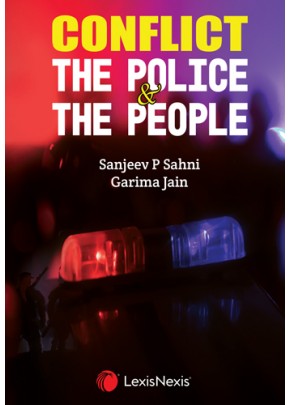Conflict - The Police & The People
no information available
This book is a novel attempt to present the real scenario of the existing conflict between Public and Police in India. It deviates from the traditional approach of proposing Police reforms based on mere observation. Besides survey of 1813 police personnel and 1010 civilians, the study also includes the narratives of police and public regarding the causes of conflict and resolution strategies. Through an intimate scrutiny of the perception of each other, police and public, the volume churns out the need-gaps in the vital and cardinal areas. The study investigates the following objectives: (a) to understand and analyze causes of conflict between the public and the police, (b) recognize ways in which conflict situations are handled at the police station, (c) determine gaps between existing methods versus an ideal way of police resolution of conflict situations (d) develop recommendations for working together as a system. Dr. Sahni and Ms. Jain provide a comprehensive and exhaustive review of conflict prevailing between Indian Law enforcement i.e. Police and People of India. In this context, this book attempts to unveil following questions: Do people feel safe in going to the police stations and register a crime? Do people perceive Police as a sign of relief or trouble? Is there any stigma associated with the presence of police? What are the challenges faced by the police while dealing with the public? What are the causes of conflict between Public and Police? What are the best form of Conflict resolution strategies to resolve the conflict between public and police? Most significant part of this book intends to propose recommendation about mediation, facilitation, police reforms, community engagement in the field of conflict resolution. It informs the practitioners, public officials, policymakers about the best practices on conflict resolution strategies between public and police. With an evidence- based approach, the volume outlines comprehensive recommendations in combating conflict between public and police. This work is intended for social theorists, for policymakers and planners, for students, academicians, administrators and public officials. ... Read more Read less











